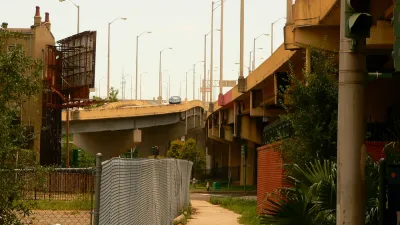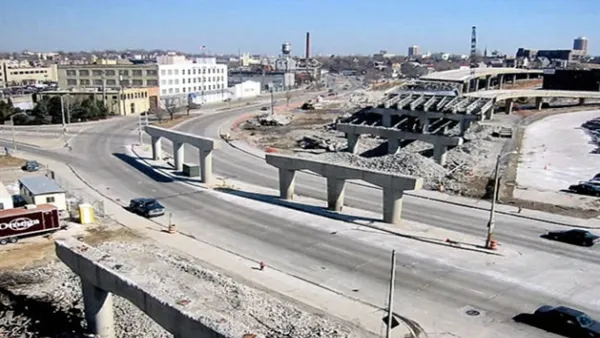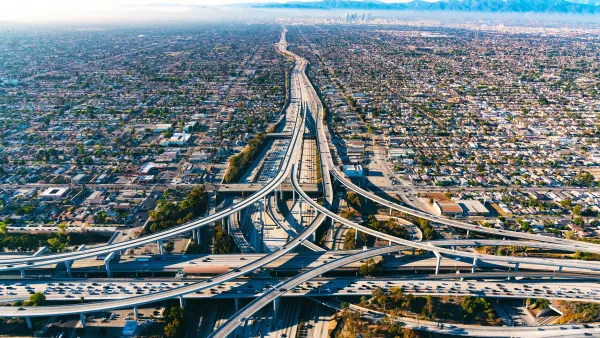The recently passed infrastructure bill dedicates $1 billion to freeway removal and capping, but the sum is only a 'first step' toward redressing the injustices perpetuated by urban highway projects.

Wyatt Gordon describes the Biden administration's push to use newly available infrastructure funds to rectify some of the injustices wrought by urban renewal policies and the interstate highway system that have ravaged neighborhoods and destroyed homes, businesses, and livelihoods over the last half century.
According to Transportation Secretary Pete Buttigieg, "Twenty-first century planning has to be about how any new transportation asset is integrating the surrounding areas. How do we knit it all together in a way that benefits all?" The new infrastructure bill allocates $1 billion to freeway removal and capping projects, which could prove 'transformational' if distributed effectively.
With $1.2 trillion in new spending in the bipartisan infrastructure bill on everything from Amtrak and public transit to bridge repairs and road expansions, ensuring equitable engagement surrounding such huge investments will be no easy feat.
The $1 billion dedicated to freeway removal could be a drop in the bucket compared to the nation's needs. According to Gordon, "Tearing out an expressway which decimated the Tremé neighborhood of New Orleans has been estimated to cost $500 million alone." But Buttigieg characterizes that initial spending as a "first step" towards restoring and reconnecting communities.
As awareness of the damaging impacts of urban freeways grows, highway removal is quickly gaining traction as an important tool for fighting injustice, improving neighborhood connectivity, and providing economic opportunities in underserved areas. While local leaders frequently oppose freeway construction projects—see Houston's beleaguered Interstate 45 expansion as an example—federal agencies have been slow to change decades-old policies that hinder highway removal. Advocates say state and federal DOTs should rethink their 'throughput at all costs' mentality in favor of creating streets that are safe and economically vibrant.
FULL STORY: Could Biden’s Infrastructure Bill Help Heal the Scars Highways Created?

National Parks Layoffs Will Cause Communities to Lose Billions
Thousands of essential park workers were laid off this week, just before the busy spring break season.

Retro-silient?: America’s First “Eco-burb,” The Woodlands Turns 50
A master-planned community north of Houston offers lessons on green infrastructure and resilient design, but falls short of its founder’s lofty affordability and walkability goals.

Delivering for America Plan Will Downgrade Mail Service in at Least 49.5 Percent of Zip Codes
Republican and Democrat lawmakers criticize the plan for its disproportionate negative impact on rural communities.

Test News Post 1
This is a summary

Test News Headline 46
Test for the image on the front page.

Balancing Bombs and Butterflies: How the National Guard Protects a Rare Species
The National Guard at Fort Indiantown Gap uses GIS technology and land management strategies to balance military training with conservation efforts, ensuring the survival of the rare eastern regal fritillary butterfly.
Urban Design for Planners 1: Software Tools
This six-course series explores essential urban design concepts using open source software and equips planners with the tools they need to participate fully in the urban design process.
Planning for Universal Design
Learn the tools for implementing Universal Design in planning regulations.
EMC Planning Group, Inc.
Planetizen
Planetizen
Mpact (formerly Rail~Volution)
Great Falls Development Authority, Inc.
HUDs Office of Policy Development and Research
NYU Wagner Graduate School of Public Service





























